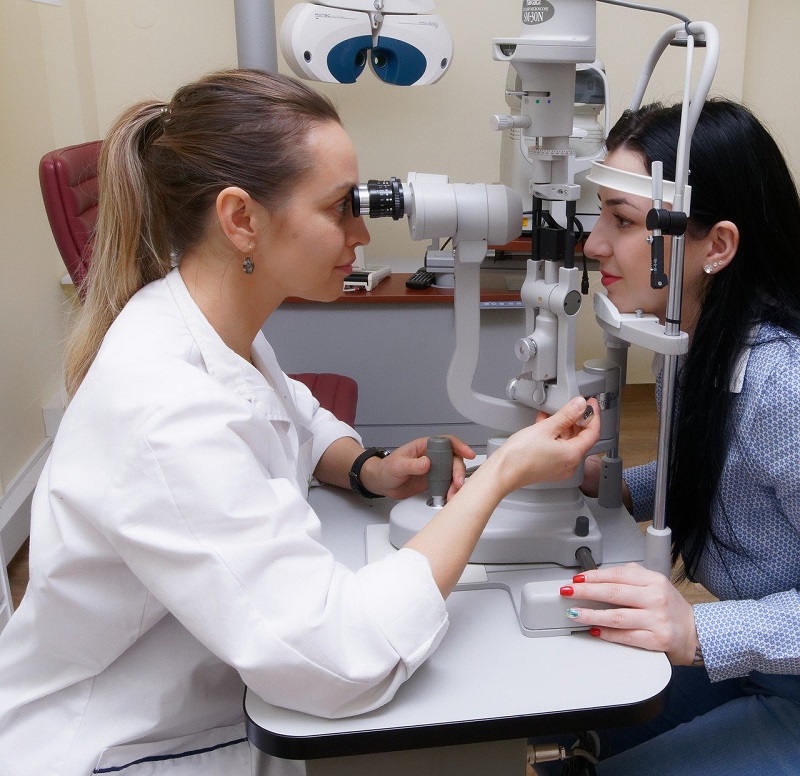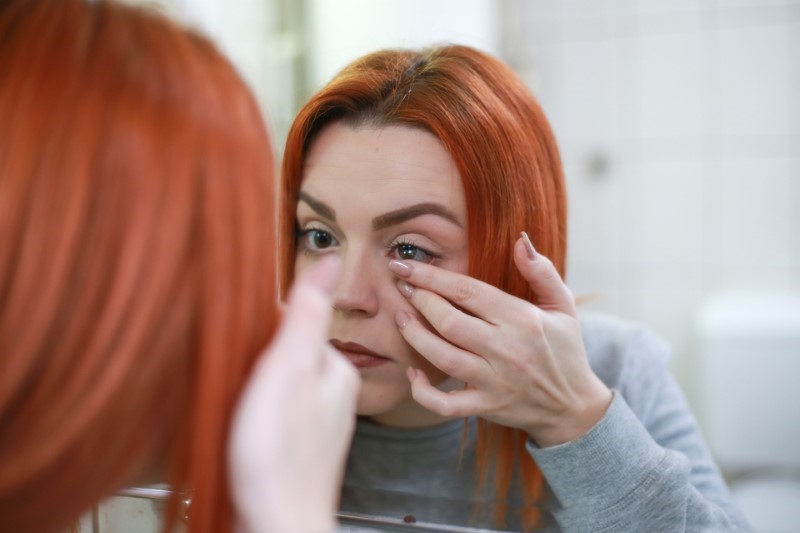The world through lenses

Table of Contents
Have you ever had an eye exam? If so, what do you remember about it? Your doctor probably asked you a lot of questions about your ability to see, scenarios, situations in which you feel under stress, and so on, right? They may have told you to cover one eye at a time and read the letters from a special chart placed at a certain distance from your eyes. And best of all, depending on the outcome of the examination, you also had to redo this particular reading at an optical store to choose your new glasses.
How the optical assessment works to choose glasses
The charts used for the diopter assessment usually contain several rows of random letters. The top row starts with very large letters and gets smaller and smaller as you get closer to the bottom of the chart.
What does identifying these letters have to do with glasses? Each row of the chart has been assigned a number. During the test, patients read each row of the chart until the letters become too small to read easily.

If you can read line 20 from a distance of about 20 feet, that means you have 10/10 vision. Doctors consider this normal vision, for which there is no need for glasses. In some cases, people can only see the giant letter at the top of the graph. This means they have 1/100 vision. People with 1/100 vision are considered legally blind. Figuring out which end of these two ends you are at is the purpose of the optical evaluation.
Why wear glasses?
There are many different medical reasons why people wear glasses. The simple answer is that glasses help people see better. Some people wear glasses to read things that are far away or to drive. Other people wear glasses only when they are doing a close-up activity, such as reading, writing, or knitting. Some people wear glasses all the time. People who have trouble seeing distant objects have myopia.

This means that they can easily see objects that are close to them. When seeing objects in the distance, however, they have more difficulty. The image may appear blurry. Myopia occurs when the physical length of the eye is greater than the optical length. This means that the visual image is focused in front of the retina, rather than directly on it. It is one of the most common disorders.
People who have difficulty reading and seeing things up close have hypermetropia. This disorder is also called farsightedness. It occurs when the visual image is focused behind the retina. It can be caused by weak focusing power or the eyeball being too small. Another condition that can cause people to need glasses is “astigmatism.” This occurs when a part of the eye is irregularly shaped and the consequence is blurred vision at the edges of objects.
How do glasses work?
People with myopia, hypermetropia, or astigmatism can use glasses or contact lenses to see better. How do glasses and contact lenses work? They use convex or concave lenses to bend the light entering the eye. This re-focuses the eye, helping to correct vision problems.
Experts estimate that about 75% of people wear glasses or contacts as adults. These are very common! This is why, in addition to a reputable eye doctor, you should also have your own optical store.
Want to buy glasses online instead? In our opinion, you shouldn’t.
Why you should not buy glasses online but in an optical store
Here are a few good reasons:
- You can’t try on glasses or have someone help you in person if you’re not convinced.
- It’s difficult to measure your pupil distance, a measurement you need to order the perfect glasses for you
- It may be difficult to make a return.
- An incorrect prescription can give you blurred vision or discomfort to your eyes.
- Especially with progressive eyewear, other fit measurements need to be exact that is usually measured in person when you try on the frames.
- Some websites may not accept medical insurance










 Who is at Risk of Developing Anorexia and Other Eating Disorders?
Who is at Risk of Developing Anorexia and Other Eating Disorders?  Discover the MCT Oil Magic
Discover the MCT Oil Magic  Potential Consequences of Obsessive Compulsive Disorder
Potential Consequences of Obsessive Compulsive Disorder  A Multivitamin Every day! The Key to Overall Health and Wellness
A Multivitamin Every day! The Key to Overall Health and Wellness  Ophthalmic Examination 101
Ophthalmic Examination 101  Horrible Dangers of Untreated Periodontal Disease
Horrible Dangers of Untreated Periodontal Disease  Discover the Flavor Revolution with Lee Kum Kee Chili Crisp Oil
Discover the Flavor Revolution with Lee Kum Kee Chili Crisp Oil  Coconut Extract: The Secret Ingredient Revolutionizing Health and Wellness in 2024
Coconut Extract: The Secret Ingredient Revolutionizing Health and Wellness in 2024